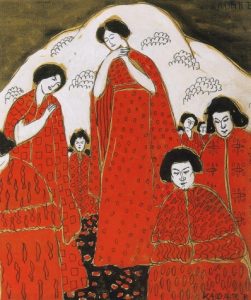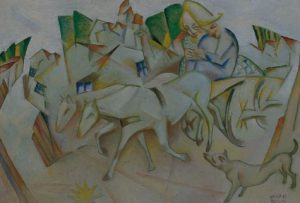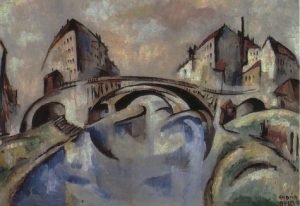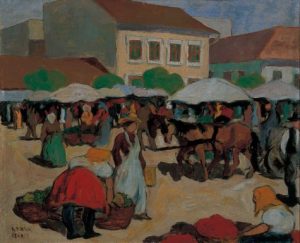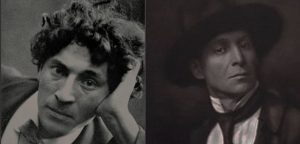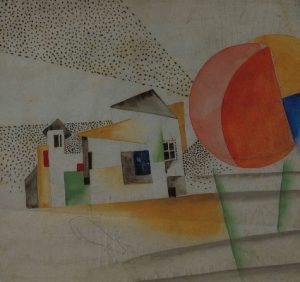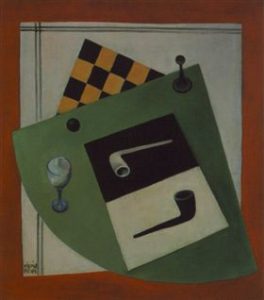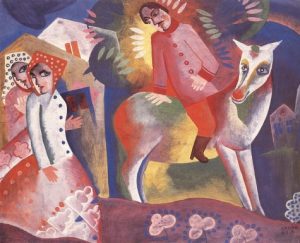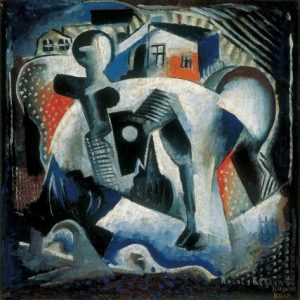Bela Kadar was born on the 7th of April in 1877 in Budapest, Hungary.
1877 - 1956
Bela Kadar
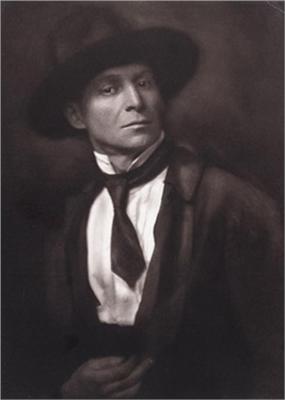
description
An outstanding Hungarian artist of Jewish origin, one of the most famous representatives of the Hungarian avant-garde of the first half of the 20th century. He was born to a working-class Jewish family. Using the aesthetics and techniques of a number of modern movements, Bela Kadar created powerful images based on the Magyar (Hungarian) culture and legends. The artist was a member of popular Berlin art group “Der Sturm”, his works were exhibited in Europe and America, were bought by the national museum of Hungary and remain in demand in the world to this day.
His favorite plots were those with galloping horses, toy horses or statuettes appearing in urban and interior paintings, portraits and landscapes. Another motif, often reproduced by the artist, is music. His naked women were depicted with guitars and other instruments in the most unexpected ways. The master’s pictures with subjects written in a light manner became widely famous – they provided a viewer with aesthetic pleasure and easily fit into any interior. Today, his paintings are in many private and public collections around the world, including the Hungarian National Gallery in Budapest.
Key Ideas:
– Bela Kadar joined the adherents of the Cubist manner at a time when the aesthetics of this style had already passed the stages of Analytical and Synthetic Cubism. However, the style continued to evolve and take individual forms in different countries, while preserving the basic principles – clarity and a sense of order, the desire to show the depicted object from various points of view.
– Before the Second World War Kadar created bright and bizarre pictures in gouache, oil and watercolor paints depicting different aspects of Eastern European life. Those are funny landscapes and images of culture and peasant life, but mostly urban plots with women and animals.
– The artist often combined a still life and an image of a man in one painting.
– By their nature and power of influence on the viewer, Kadar’s works were close to expressionistic. At the same time the artist took the techniques of different styles – a number of methods from Futurism and Cubism, including Orphism, and also from Constructivism and Neo-primitivism. Kadar, experimenting, formed his own special, somewhat playful style.
– During his stay in Berlin, the artist gradually changed his emotionally charged and powerful, almost graphic tone to a more romantic mood. Kadar used fashion for elements of fantasy, folk tale and myth as an organic component for his art.
– Depicting scenes with elegant abstract figures of mysterious ladies and expressive villagers, almost always accompanied by animals (“Bride with a cat”, “Milkmaid and cows”), the artist chose a radiant, but gentle palette. The figures were often arranged on a pearly gray abstract background.
– Being familiar with Futurism, the artist preferred to depict the movement. He did it masterfully and with great expression.
1877
1890
1896
1910
1918
1919
1923
1930
1940
1956
The birth of the artist
He was forced to go to work at a young age
After the death of his father and six years of studying in primary school, he was forced to go to work at a young age: he studied turning and took care of horses – later these animals often appeared in the plots of his works.
He began training in the School of Drawing
He made his first trips to France (Paris) and Germany (Munich). There, he fell under the influence of the avant-garde art of that time and began training in the School of Drawing on his return. Having good abilities, he helped the local artist make fresco murals in public buildings in Budapest.
Took part in the competition announced by the Academy of Fine Arts
Took part in the competition announced by the Academy of Fine Arts in Budapest and won the Kochner prize; he worked on a scholarship in the colony of Szolnok artists. In 1912, he visited Moscow, where he personally met Philip Marinetti, an outstanding Futurist poet. His creative career did not develop because of the outbreak of the First World War and its political results that were tragic for Hungary.
He left his family
Being disappointed in the change of regime after the First World War, he left his family to try his hand in other European countries. Having settled in Berlin, for a short period of time he shared a studio with Mark Chagall, who became his idol.
He conducted an exhibition in Vienna
Together with Hugo Scheiber, his friend and fellow countryman, he conducted an exhibition in Vienna (Salon Hevesy), which was significantly successful. Works made before the 1920s have romantic mood and a joyfully bright palette. During the Berlin period, being under the influence of German expressionist artists from the Der Blaue Reiters group (Blue Rider), he portrayed village scenes and plot compositions.
Kadar got acquainted with the American artist and collector Catherine Dreyer
An exhibition of the artist’s paintings, which was very important for his career, took place in the Berlin gallery of G. Walden “Der Sturm”. During the exhibition, Kadar got acquainted with the American artist and collector Catherine Dreyer, who acquired the works of Bela and arranged their show in the collective vernissage at the Brooklyn Art Museum in New York in 1926. At the re-exhibition in the same salon in 1928, Bela Kadar himself was present.
The artist returned to Hungary because of the growth of the mood of Nazism
The popularity of Kadar as an artist went beyond the European framework – in addition to several exhibitions in Budapest and Berlin, a number of vernisages were held in New York, Philadelphia, etc. The artist returned to Hungary because of the growth of the mood of Nazism.
Became a victim of the Holocaust and spent more than a year in the Budapest ghetto
The Hungarian master, who had Jewish roots, became a victim of the Holocaust and spent more than a year in the Budapest ghetto. He managed to create almost 50 drawings depicting his pain and suffering. Despite the regime’s rejection of his “too radical decadent works” and overcoming increasing blindness, the artist continued to paint until his death at the age of 79 years.
The death of the artist
Bela Kadar passed away on the 31st of December in 1956 in Budapest, Hungary.

